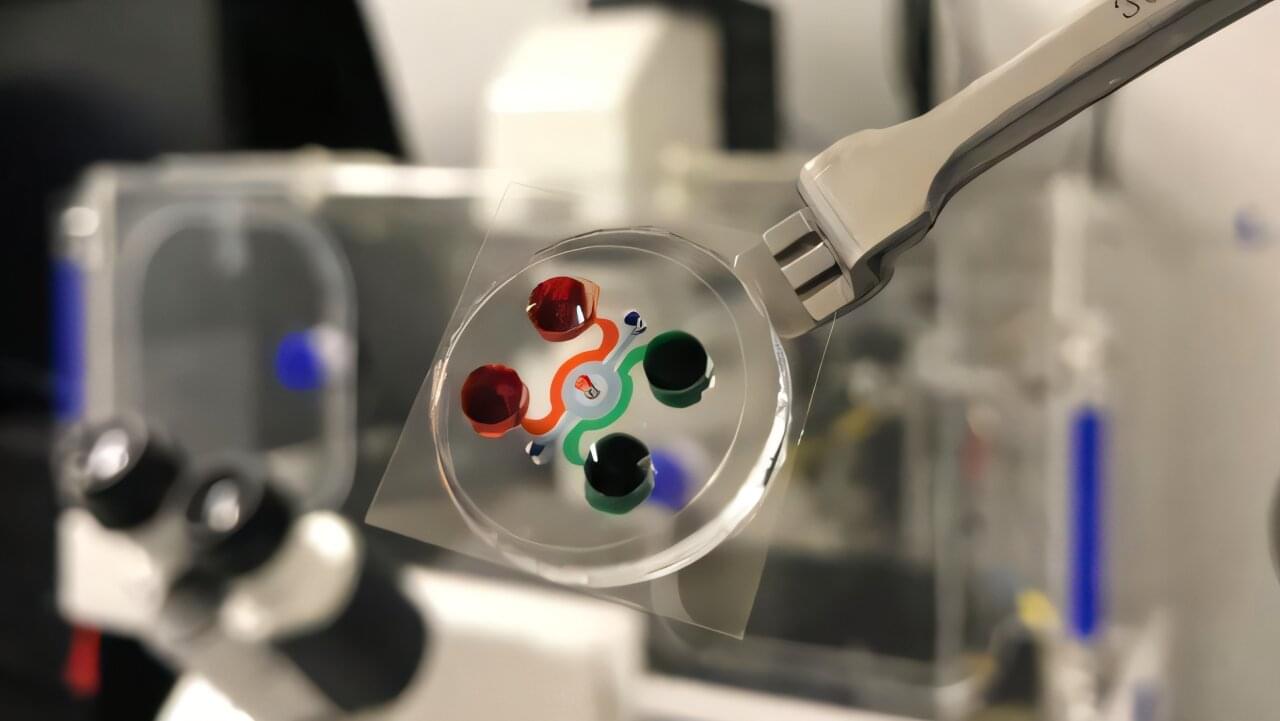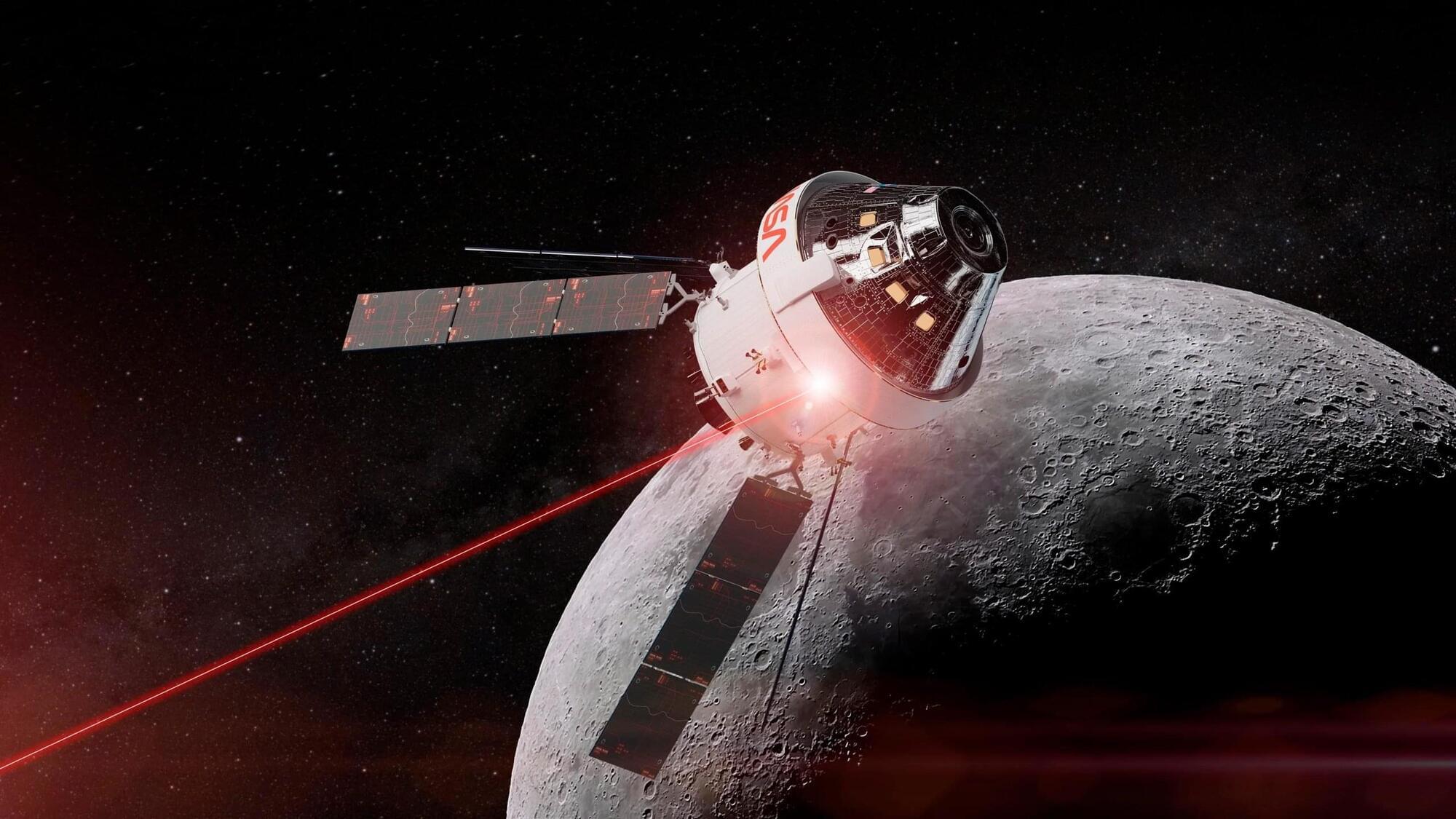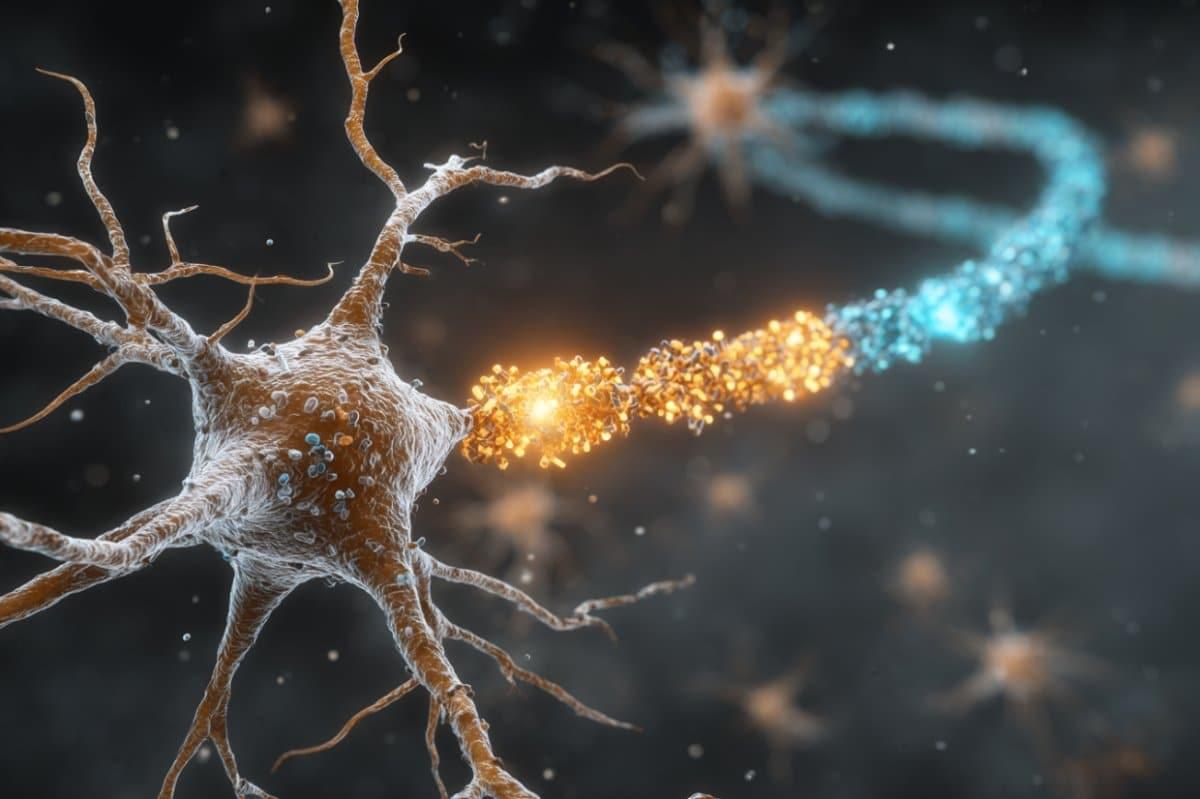Quantum researchers finally captured the field’s “holy grail,” showing real machines can beat classical computing exponentially—no caveats required.



Cybersecurity researchers have flagged the tactical similarities between the threat actors behind the RomCom RAT and a cluster that has been observed delivering a loader dubbed TransferLoader.
Enterprise security firm Proofpoint is tracking the activity associated with TransferLoader to a group dubbed UNK_GreenSec and the RomCom RAT actors under the moniker TA829. The latter is also known by the names CIGAR, Nebulous Mantis, Storm-0978, Tropical Scorpius, UAC-0180, UAT-5647, UNC2596, and Void Rabisu.
The company said it discovered UNK_GreenSec as part of its investigation into TA829, describing it as using an “unusual amount of similar infrastructure, delivery tactics, landing pages, and email lure themes.”



A new study of integrated development environments (IDEs) like Microsoft Visual Studio Code, Visual Studio, IntelliJ IDEA, and Cursor has revealed weaknesses in how they handle the extension verification process, ultimately enabling attackers to execute malicious code on developer machines.
“We discovered that flawed verification checks in Visual Studio Code allow publishers to add functionality to extensions while maintaining the verified icon,” OX Security researchers Nir Zadok and Moshe Siman Tov Bustan said in a report shared with The Hacker News. “This results in the potential for malicious extensions to appear verified and approved, creating a false sense of trust.”
Specifically, the analysis found that Visual Studio Code sends an HTTP POST request to the domain “marketplace.visualstudio[.]com” to determine if an extension is verified or otherwise.

AT&T has launched a new security feature called “Wireless Lock” that protects customers from SIM swapping attacks by preventing changes to their account information and the porting of phone numbers while the feature is enabled.
This new feature has been available for some customers for almost a year and has now been rolled out to all AT&T customers.
SIM swap attacks are when cybercriminals port, or move, a targeted phone number to a device under their control. This allows them to intercept the target’s calls, texts, and multi-factor authentication codes to breach further accounts, such as email, banking, and cryptocurrency wallets.

A team of researchers led by NYU Tandon School of Engineering’s Weiqiang Chen has developed a miniature device that could transform how blood cancer treatments are tested and tailored for patients.
The team’s microscope slide-sized “leukemia-on-a-chip” is the first laboratory device to successfully combine both the physical structure of bone marrow and a functioning human immune system, an advance that could dramatically accelerate new immunotherapy development.
This innovation comes at a particularly timely moment, as the FDA recently announced a plan to phase out animal testing requirements for monoclonal antibodies and other drugs, releasing a comprehensive roadmap for reducing animal testing in preclinical safety studies.


